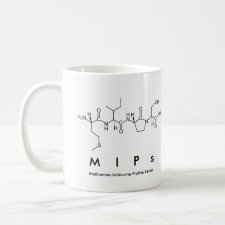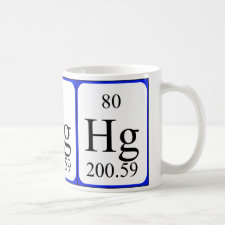
Authors: Monier M, Abdel-Latif DA
Article Title: Synthesis and characterization of ion-imprinted chelating fibers based on PET for selective removal of Hg2+.
Publication date: 2013
Journal: Chemical Engineering Journal
Volume: 221
Page numbers: 452-460.
DOI: 10.1016/j.cej.2013.02.003
Alternative URL: http://www.sciencedirect.com/science/article/pii/S138589471300154X
Abstract: The surface ion-imprinted poly(ethylene terephthalate)-thiosemicarbazide modified chelating fibers (Hg-PET-TSC) was prepared using Hg(II) as a template and formaldehyde as a cross-linker and showed higher adsorption capacity and selectivity for the Hg(II) ions compared with the non-imprinted fibers (NI-PET-TSC) without a template. The results showed that the adsorption of Hg(II) on the fibers was affected by the initial pH value, the initial Hg(II) concentration, as well as the temperature. Both kinetics and thermodynamic parameters of the removal process were evaluated and the obtained results indicated a spontaneous exothermic adsorption process that fit with the second-order kinetic model. Equilibrium experiments were fitted in both Langmuir and Freundlich adsorption isotherms and fits well with the Langmuir isotherm equation for the monolayer adsorption process. The maximum adsorption capacity values for Hg-PET-TSC and NI-PET-TSC were 137.13 mg/g and 77.51 mg/g, respectively. The selectivity coefficient of Hg(II) ions and other metal ions on Hg-PET-TSC indicated an overall preference for Hg(II) ions. Desorption studies revealed that HCl or EDTA solutions were the best eluents for the regeneration of the Hg-PET-TSC ion-imprinted chelating fibers
Template and target information: mercury ion, Hg(II)
Author keywords: Poly(ethylene terephthalate) fibers, grafting, acrylonitrile, Thiosemicarbazide, molecular imprinting



Join the Society for Molecular Imprinting

New items RSS feed
Sign-up for e-mail updates:
Choose between receiving an occasional newsletter or more frequent e-mail alerts.
Click here to go to the sign-up page.
Is your name elemental or peptidic? Enter your name and find out by clicking either of the buttons below!
Other products you may like:
 MIPdatabase
MIPdatabase









